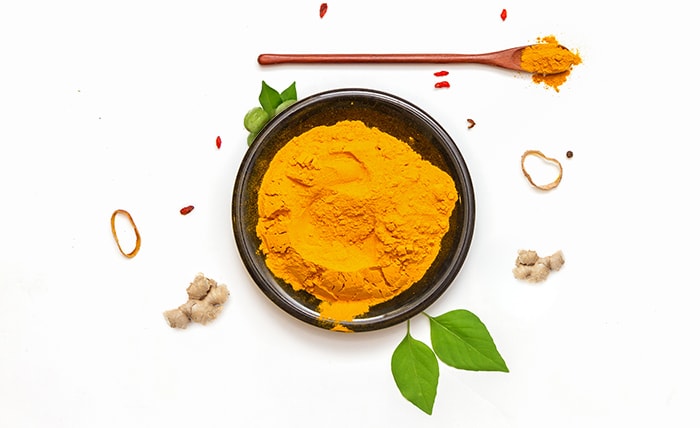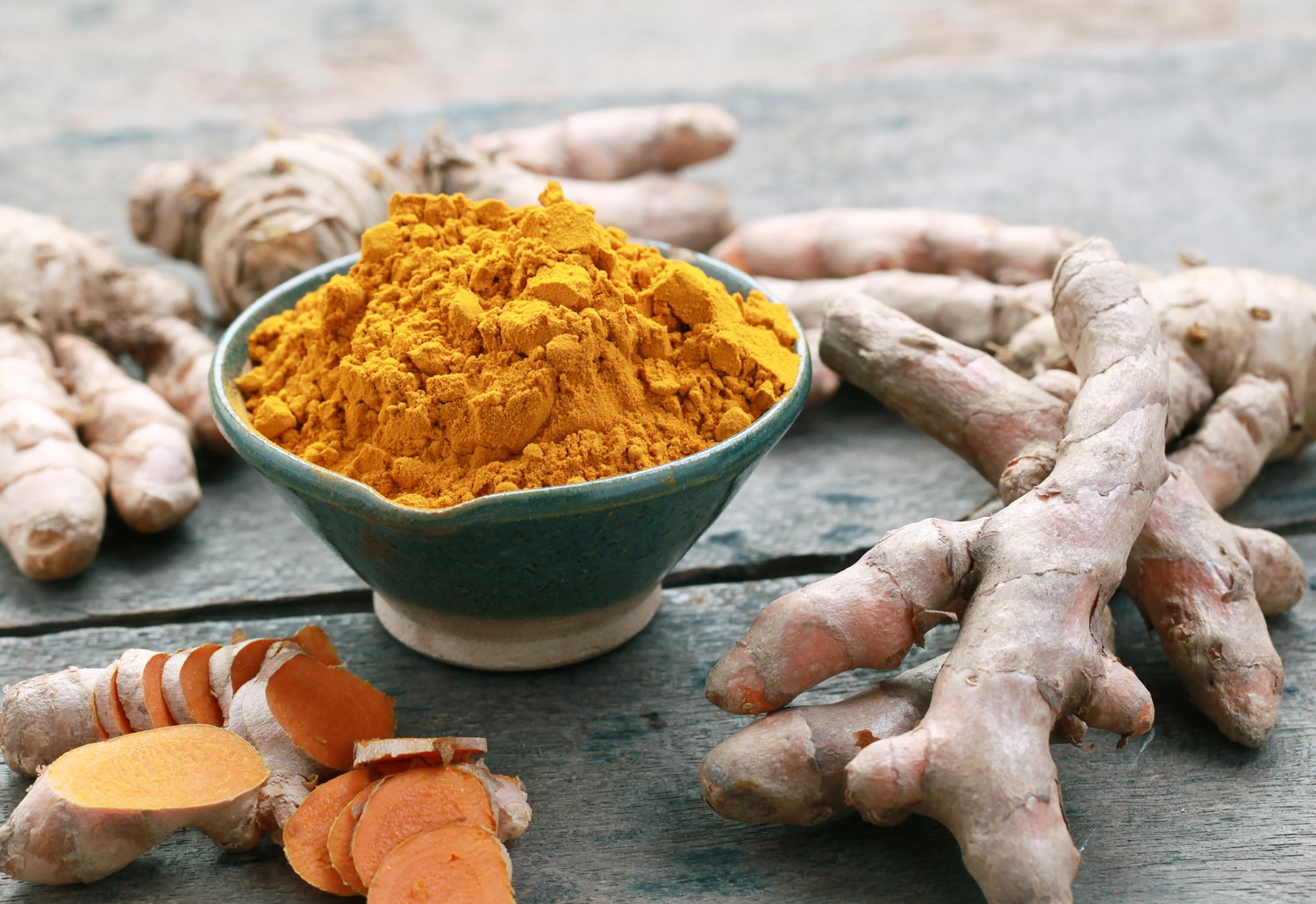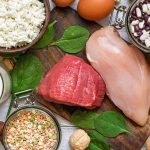Turmeric could be considered a real valid natural remedy against erection problems, to treat erectile dysfunction. This was demonstrated by scientists at the Albert Einstein College of Medicine in New York, who tested a special curry powder cream.

per item
 Save and easy buy!
Save and easy buy! Satisfaction guaranted
Satisfaction guaranted World lowest price
World lowest priceGeneric Viagra is an undeniable hit from online pharmacies: a full analogue to the much more pricely brand medicine, this sildenafil pill is capable of doing everything its original counterpart can – for only a fraction of its price.
Amazing findings of turmeric efficacy in ED therapy
This ointment developed by the experts contains curcumin, the typical substance found in turmeric that gives the curry its yellowish appearance. The tests have shown that the spice is able to increase the flow of blood to the genitals, simply by applying the cream on the stomach
These results are supported by other previous research, which revealed that the effects of curcumin on male libido are more durable over time than traditional drugs that are prescribed for erection problems.
The researchers, to create the cream based on curcumin, have worked on large quantities of spices and have made nanoparticles, able to cross the skin and reach the capillaries. Then they performed tests on laboratory animals and published the results obtained in The Journal of Sexual Medicine. According to scientists, possible developments of this cream based on curcumin could be useful to help the many men who have type 2 diabetes, one of the main causes of impotence.
In 2014, the University of Cairo carried out another study, comparing the effects of curcumin contained in turmeric with those of the active ingredients present in viagra and found that, in case of erection problems caused by diabetes, curcumin proved to be effective longer. The same results obtained by comparing the effects of curcumin with the active ingredient used in Cialis, another drug usually prescribed to treat impotence.
By turmeric can be meant both a kind of vegetables, and a drug they themselves obtained. The spice turmeric is a yellow powder obtained by grinding some plants belonging to the Zingiberaceae family (the same of Ginger) and to the genus Curcuma; more precisely, the so-called ‘tuberized rhizome’ (i.e. the underground part of the stem containing the reserve nutritional molecules) is used for the turmeric, which requires a short processing to be preserved.
The most interesting pharmaceutical and phytotherapeutic (and therefore economic) species is Curcuma longa (or Curcuma domestica), but also Curcuma xanthorrhiza and Curcuma zeodaria should not be neglected.
Curcuma longa has long, oval and long petiolate leaves, while the flowers are collected in long spikes. Distributed throughout South Asia (the domestic species is predominantly native to south-western India), the Turmeric are herbaceous plants, perennial and rhizomatous, now grown in most tropical regions.
To thrive, turmeric needs an environmental temperature of between 20 and 30 ° C, as well as a significant amount of annual rainfall. The plants are harvested annually and, normally, a part of the rhizomes is conserved for cultivation of the following season.
Biochemical composition
The most important chemical components of turmeric are part of a group called curcuminoids, which includes: curcumin (diferuloylmethane), demetoxicurcumin and bisdemetoxicurcumina. The most studied element is curcumin, which constitutes on average 3.14% of the powder. Other volatile oils include turmerone, atlantone and zingiberene.
Folk medicine and traditional uses
In India, turmeric has always been used as a remedy for stomach and liver disorders, as well as topical treatment to heal wounds in relation to its alleged antimicrobial capacity. In the ‘Siddha’ system (1900 BC), turmeric is a medicine for various diseases and clinical conditions, affecting the skin, lungs, gastrointestinal tract, wounds, sprains and liver disorders. The fresh juice of turmeric is commonly used for various skin conditions, including eczema, chickenpox, shingles, allergic reactions and scabies.
Turmeric: health properties
Turmeric is not a new discovery in traditional medicine; its use goes back centuries, and not only in the field of male sexual health. In turmeric there are good quantities of an essential oil, which can also be extracted and used in perfumery. The proportion of oil present in the dried rhizome (together with the curcuminoid polyphenols, captained by curcumin) gives the drug various pharmacological properties. The best known and proven are those choleretic-cholagogues, which promote the production of bile and its outflow in the intestine; turmeric can therefore improve the health of the liver, help eliminate excess cholesterol and facilitate the digestion of meals abundant and high in fat.
Turmeric is also very useful in the treatment of dyspepsia (poor digestion), of meteorism and flatulence (it has carminative and antispasmodic properties); moreover, it has shown moderate anti-inflammatory, antiviral, antibacterial, antifungal and antioxidant properties.
Both in vitro and in animal studies, curcumin has proved to be potentially useful in the treatment of numerous diseases and associated symptoms, including Alzheimer’s disease, AIDS, arthritis, diabetes and various types of cancer, in particular, the colorectal and pancreas; on the other hand, in humans, the doses necessary to obtain any kind of beneficial effect are very difficult to establish. Furthermore, the reduced bioavailability of the substance suggests that many of the effects demonstrated in vitro are absent in humans.
Despite this, curcumin is still the subject of numerous studies, both to confirm its healing properties and to improve its systemic absorption. In this regard, the association of turmeric to piperine has been proposed, which can increase its bioavailability up to 2000%, or the incorporation into liposomes and soy lecithin complexes. It has also been observed that the absorption of curcumin improves in the presence of the other components of turmeric, while worsening in the intake in isolated form.
According to the National Center for Complementary and Integrative Health, ‘there is little reliable evidence that the use of turmeric can be beneficial to any health condition, as (for now) few clinical trials have been conducted’.
Methods of use and side effects
The amount of turmeric recommended for continuous and systematic intake is on average 1.5-3g of dried and pulverized rhizome per day; due to the low water solubility typical of essential oil and curcuminoids, it is not recommended for use as an infusion. Further information on therapeutic doses and methods of use is available in the article on curcuma. The use of turmeric is contraindicated in the presence of gallstones; in this case, it is better not to add curry or other sauces containing good quantities of this spice. No other significant side effects are reported in the literature.
Turmeric, like other spices, is sold by weight and is a potential target of common commercial frauds (adulteration, sophistication, etc.). It is not uncommon for turmeric to be added powders of similar color, cheaper, but potentially toxic; the most common is lead oxide (II, IV), which gives turmeric a more reddish-orange color instead of its natural golden yellow.
In addition to piperine binding, other promising approaches have been developed to increase the bioavailability of curcumin in humans. Among these, the use of nanoparticles, the formulation of liposomes and phospholipid complexes, and the development of structural analogs. For instance, there is a phytosome in which curcumin is complexed with soy phosphatidylcholine; this association has shown significant increases in the bioavailability of both curcumin and especially other curcuminoids. Preparations with such bioavailability are ideal to fight and prevent ED, since they feature elevated impactfulness.
It is interesting to note that the bioavailability of curcumin has proved to be better when it is associated with some non-curcuminoid components present in turmeric. This underlines, once again, the importance of phytocomplex in phytotherapy.
Use turmeric for food to fend off Erectile Dysfunction

When not used fresh, the rhizome of turmeric is boiled for about 30-45 minutes, dried in hot ovens and reduced to an orange-yellow powder. The main uses of this spice are: Indian cuisine, Pakistani cuisine, curries, generic dyes and as a food coloring. The active ingredient of turmeric is curcumin, which has a spicy, slightly bitterish, distinctly earthy flavor and a mustard-like odor. For millennia, in the countries of origin, turmeric is used in most of the recipes; only recently, has found a considerable diffusion even in Western nations, considering its use in the formulation of curry and some sauces. Due to its coloring capacity (yellow), turmeric is also known as ‘Indian saffron’; in fact, the active principle of these plants, or curcumin, is often used as a natural food coloring (E100), even if the high cost strongly limits its use. Turmeric is often used in vegan recipes, both for the remarkable health properties, and to replace the yellow color of the yolk (forbidden for them). The aroma of turmeric, hot and pungent, has a certain resemblance to that of ginger (with which it shares the botanical family).




